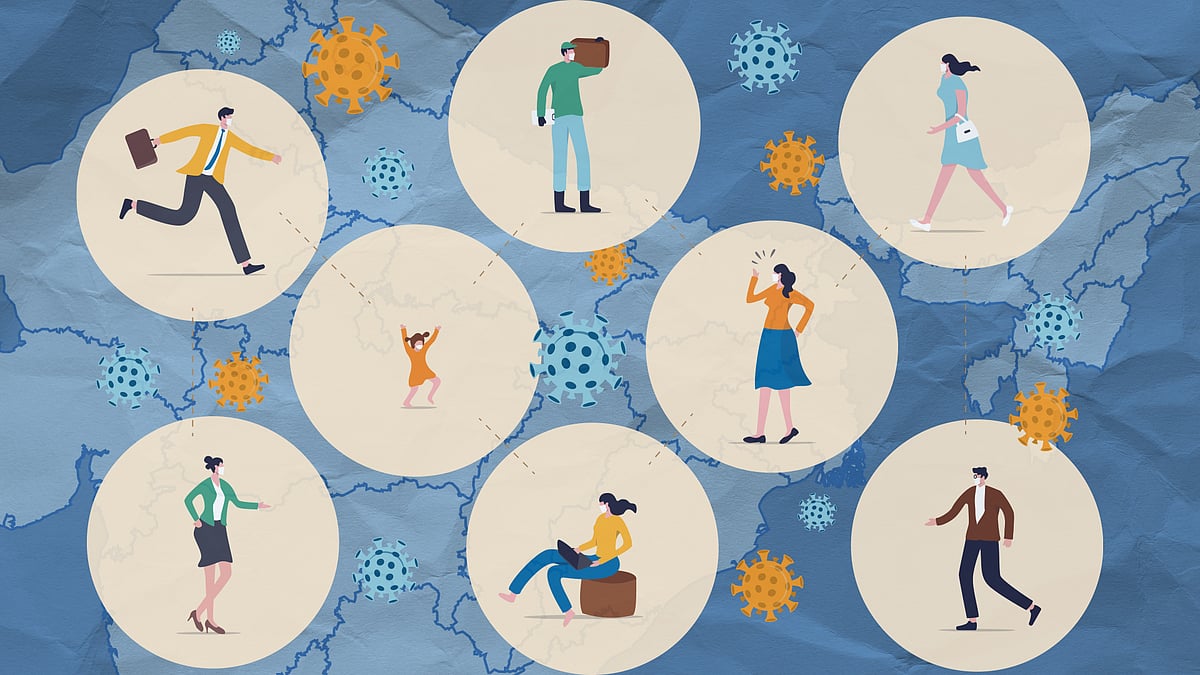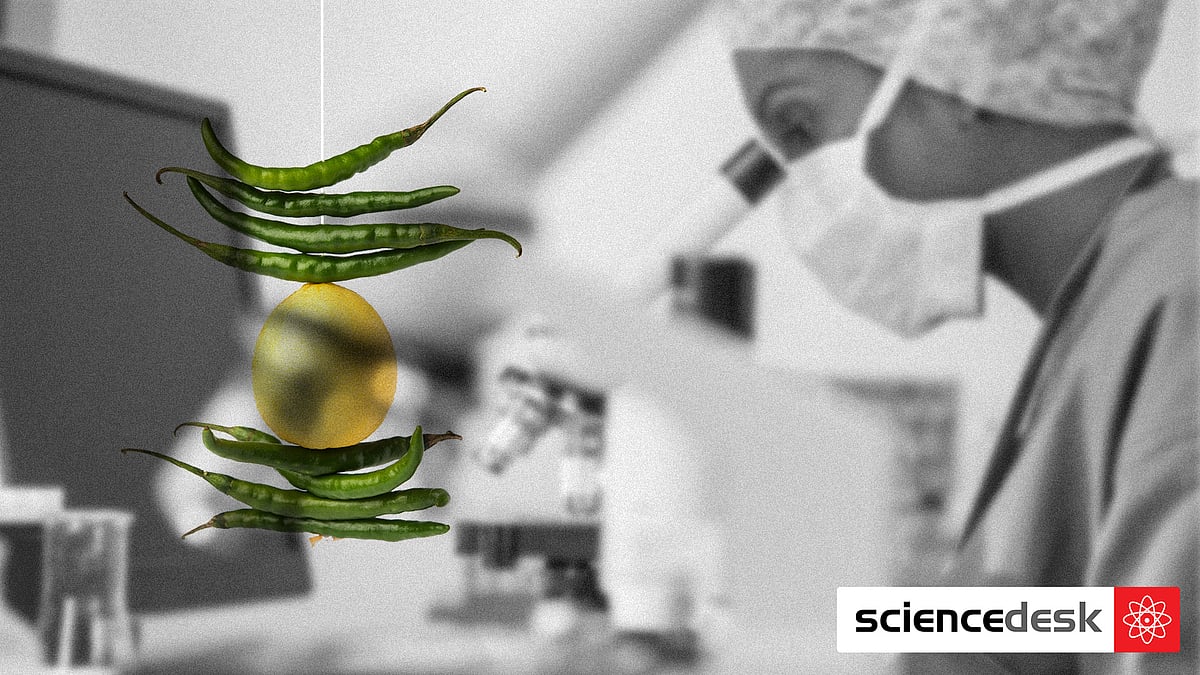Ministers set a poor example by taking up hospital beds as soon as they test positive for Covid
It’s a safe rule to admit a patient only when treatment can’t be safely delivered outside. Otherwise, commandeering precious healthcare resources is the equivalent of panic buying.
A few days before the bhoomi pujan of the Ram Mandir in Ayodhya on August 5 — also the first anniversary of the constitutional change in the status of Jammu and Kashmir — India’s coronavirus epidemic came calling at the country’s seat of political power in New Delhi.
On August 2, home minister Amit Shah announced in a tweet that he had Covid symptoms and had tested positive for the virus. On the same day, Karnataka chief minister BS Yeddyurappa was also struck down with the virus.
A week earlier, Madhya Pradesh chief minister Shivraj Singh Chouhan uploaded a video from his hospital bed, stating that he had tested positive. He told his audience it was not something to be frightened about and advised people to get tested at the earliest symptom.
Of course, we know that the virus respects neither power nor wealth. So, on a day that India added more new infections than even the United States to its total of 1.8 million, it’s not surprising that the rich and famous were affected too. What is newsworthy, however, is that all these people took to a hospital bed as soon as they tested positive.
That all of them, even government ministers, chose private hospitals attracted critical comment. But my focus is, instead, on the more important question on whether the admission to a hospital was necessary.
Role of hospitals in healthcare
Historically, the rise of the modern hospital is a relatively recent phenomenon. But with the growth of modern medicine and technology, and the advent of surgery, the modern hospital is indispensable in the delivery of healthcare, even if its net contribution to health is overestimated. Hospitals remain dangerous places where errors, overdiagnosis and overtreatment often result in avoidable harm and painful expense to the patient.
In general, it is a safe rule to admit a patient only when the treatment she needs cannot be delivered either cost-effectively or safely outside the hospital, and to keep her in hospital for as short a duration as possible. Precautionary admission, “just in case”, is expensive, wasteful of a scarce resource, and potentially harmful.
In the case of Covid infection, the medical and clinical response needs to be measured and calibrated against the often changing clinical needs of the patient. A distinction must be made between the infection (as shown by a positive test showing the presence of the virus in the throat and nose) and the illness, Covid-19. Whereas the infection is a simple binary — the patient either is or is not infected (though in some cases it may remain a suspected but not proven infection) — the illness can manifest in a wide range of clinical syndromes.
The majority of patients do not need to be in a hospital bed at any point in the course of their infection.
Clinical scenarios
Based on guidelines from the World Health Organisation, I believe the following taxonomy and grading system is a helpful guide to know when to admit a patient to a hospital.

Not before a patient is clearly in Grade 4 should we even consider admission to a hospital. A patient with multiple risk factors with or without comorbidities, such as diabetes, malignancy, or renal disease in Grade 4, and anyone else beyond that would merit hospital care.
An ideal healthcare system
The optimal system would be one where scarce hospital beds were used with maximal efficiency, with people admitted only when they needed it, and discharged back to their homes as soon as they no longer needed high-tech care. Such a system would be the healthcare equivalent of Just-in-Time manufacturing. But it would never work with a fragmented network of hospitals mostly in the private, for-profit sector.
Would such a strategy for efficiently managing scarce hospital resources work? The answer is yes, and no.
No, it would not work where high-tech hospital care is both inadequate for the population and is deployed on the basis, not of clinical need, but the ability to pay.
Yes, if we had a publicly funded health care system where every life was equally valuable, no one jumped the queue, ministers did not pull rank, and the wealthy did not buy their way into treatment they did not need.
Wrong messages
By getting admitted to a hospital as soon as they tested positive, VIPs and ministers sent out a message totally at variance with the government’s propaganda: that the mortality rate was low, that the recovery rate was high and rising, and that India was doing very well compared to many richer countries.
In the absence of a publicly funded healthcare system, it is understandable why those with the means will do all they can to commandeer resources even when they do not need it immediately, just to make sure that it is available if they should need it. It is the equivalent of panic buying and hoarding of supplies.
Understandable as it may be, when role models and political leaders do the same thing, it sends out the clear message, that it is every man for himself. It negates the “don’t panic, there is enough for everyone” message, it destroys trust in the role of the state, and encourages cynicism when leaders make grandiose pronouncements that together, we will get through this.
If there is one lesson to learn from India’s experience with the coronavirus epidemic, surely it has to be that we need a healthcare system befitting a nation that aspires to Great Power status. However this epidemic plays out in the months to come, it will not have been entirely a disaster if politicians, political parties, civil society, public intellectuals, medical professionals and public health activists came together to lay the foundations of a publicly funded and universally accessible, free at the point of use healthcare system.
***
Independent media is on the frontlines of the coronavirus crisis in India, as elsewhere, telling stories that need to be told and asking questions that need answers. Support independent journalists by paying to keep news free. Subscribe to Newslaundry today.
 India continues to deny community transmission of coronavirus. Who is it fooling?
India continues to deny community transmission of coronavirus. Who is it fooling? India’s middle class is uncomfortable with science. Its Covid response is proof
India’s middle class is uncomfortable with science. Its Covid response is proof